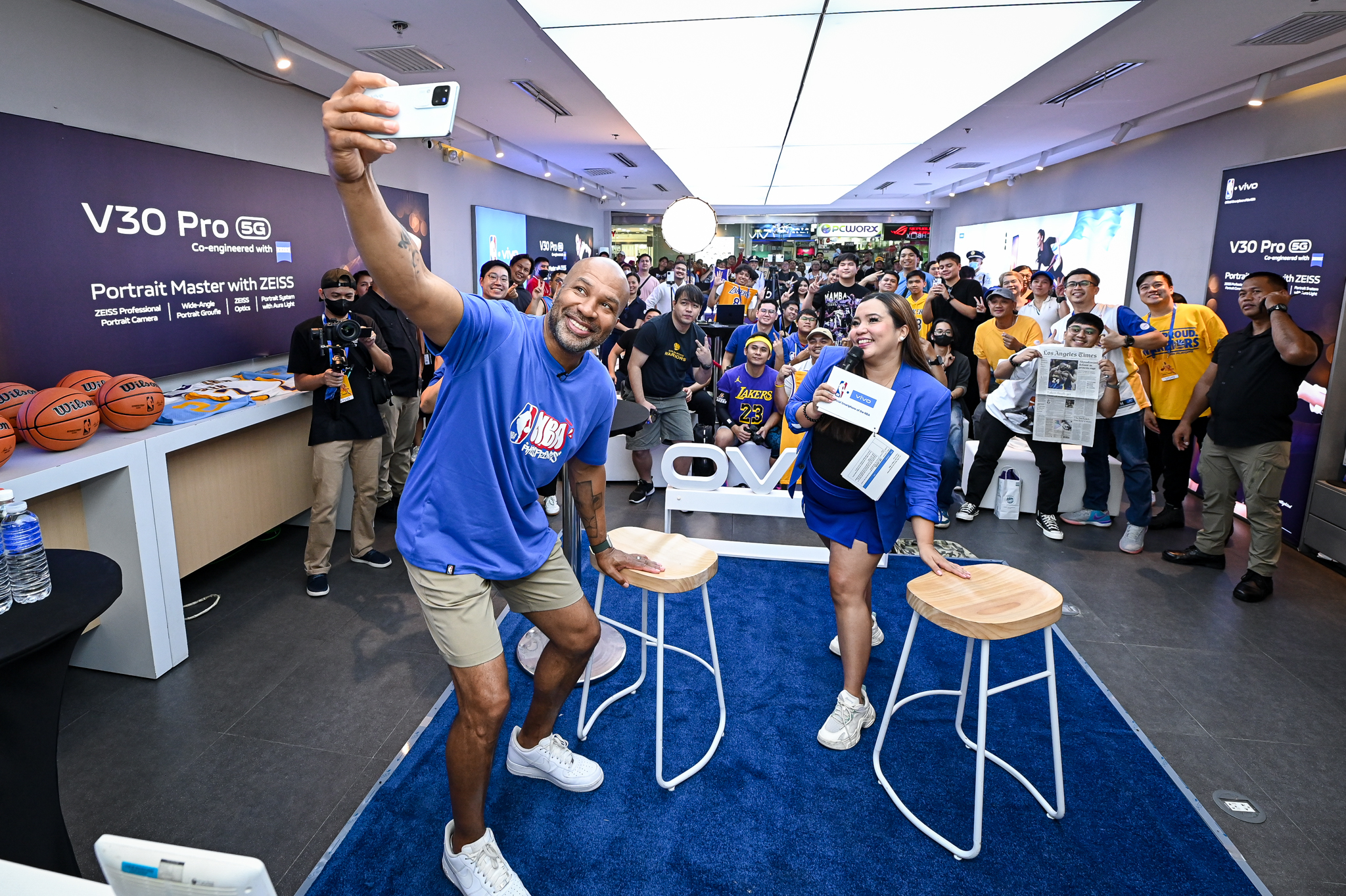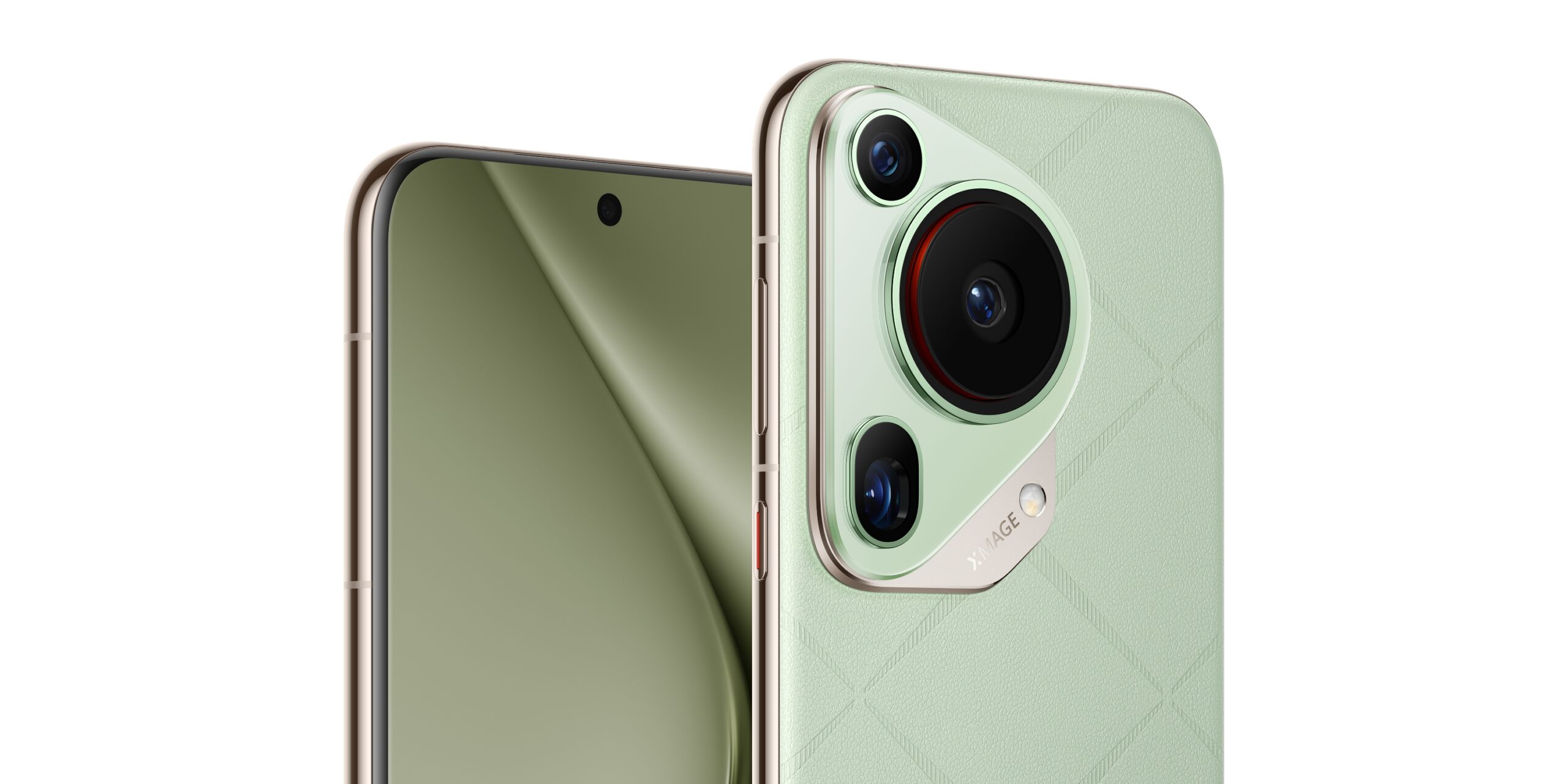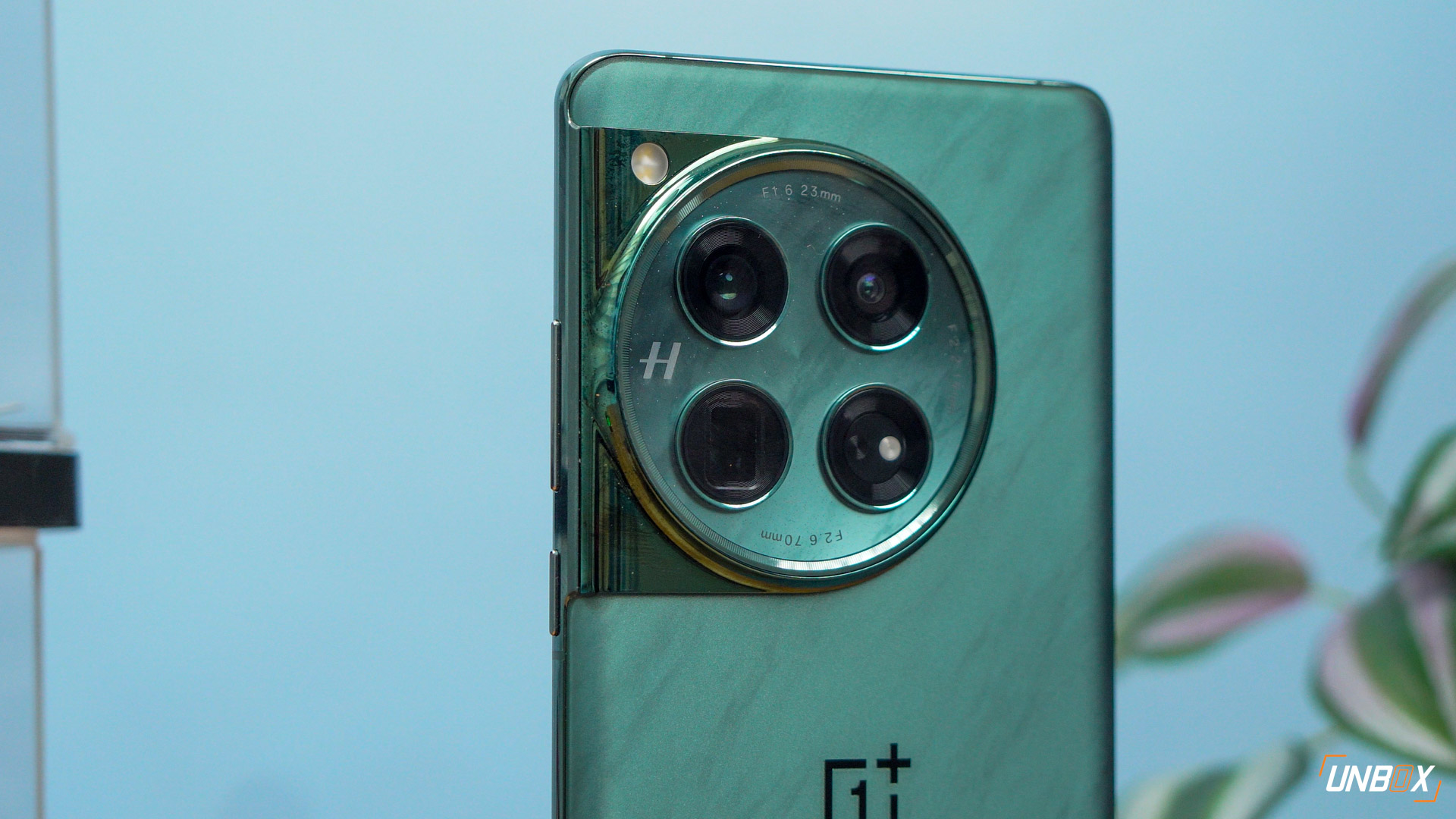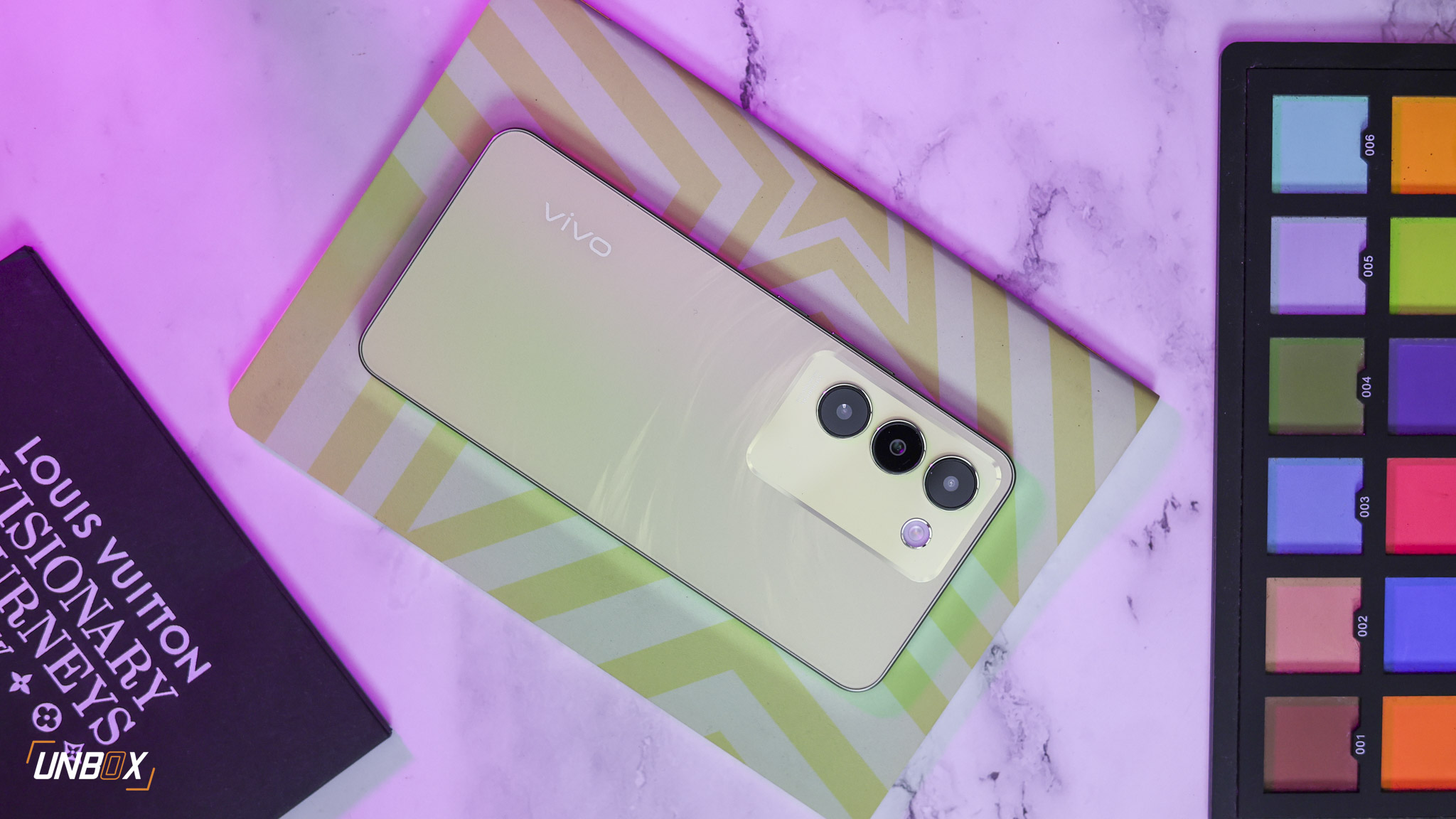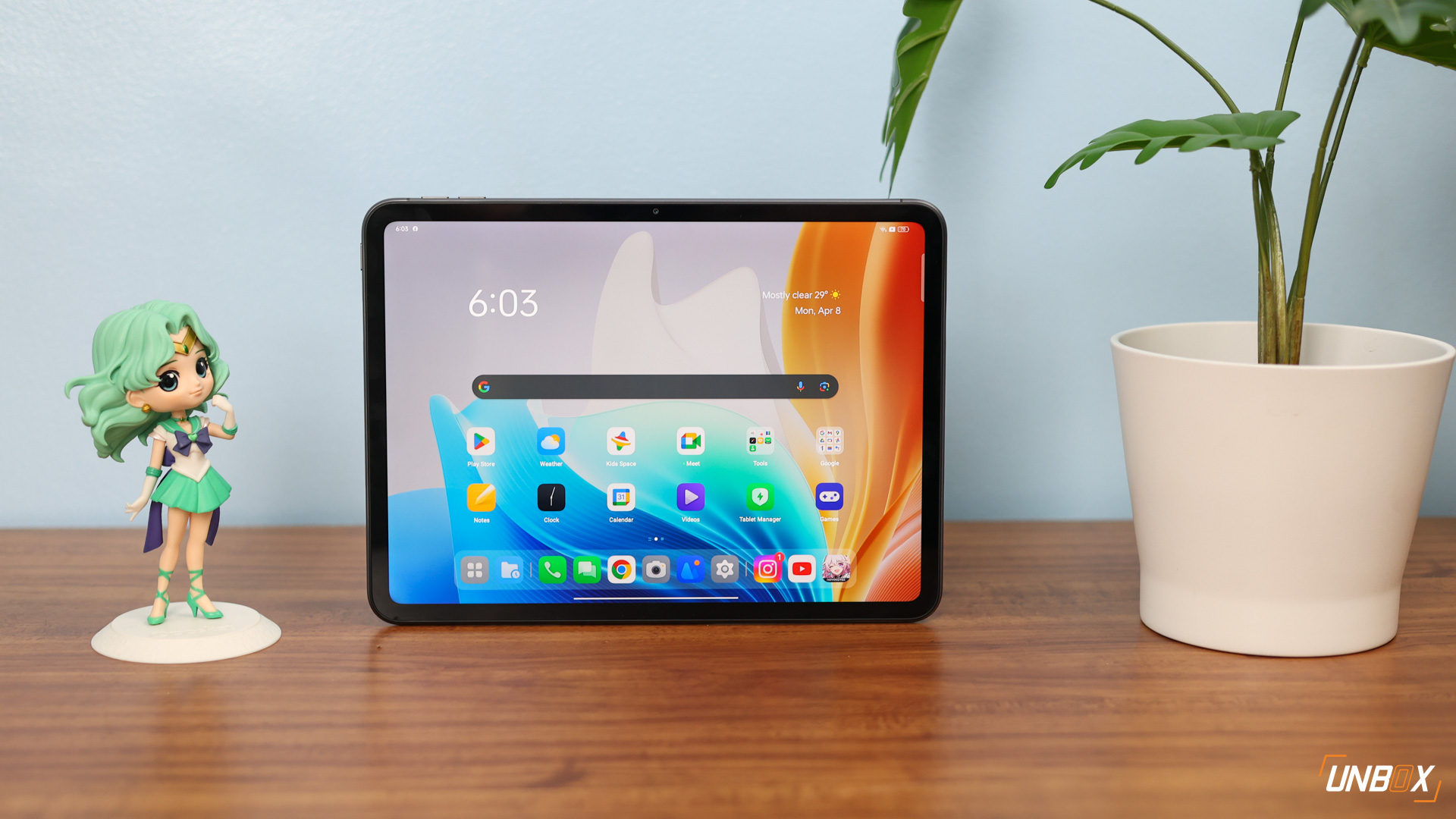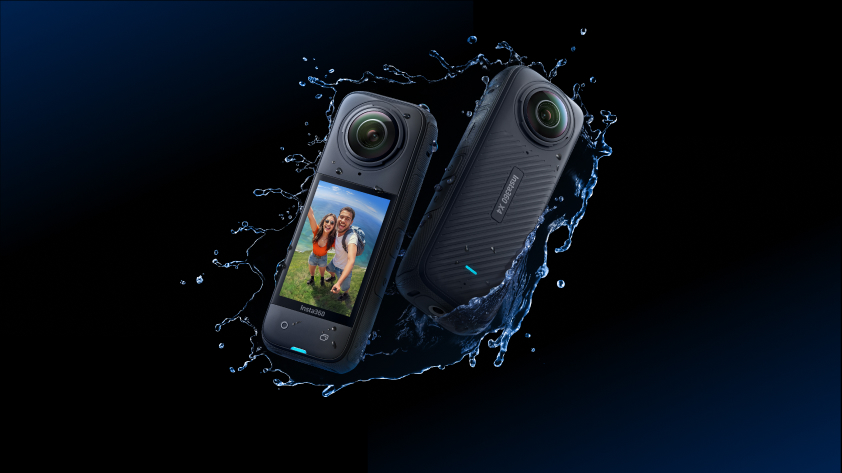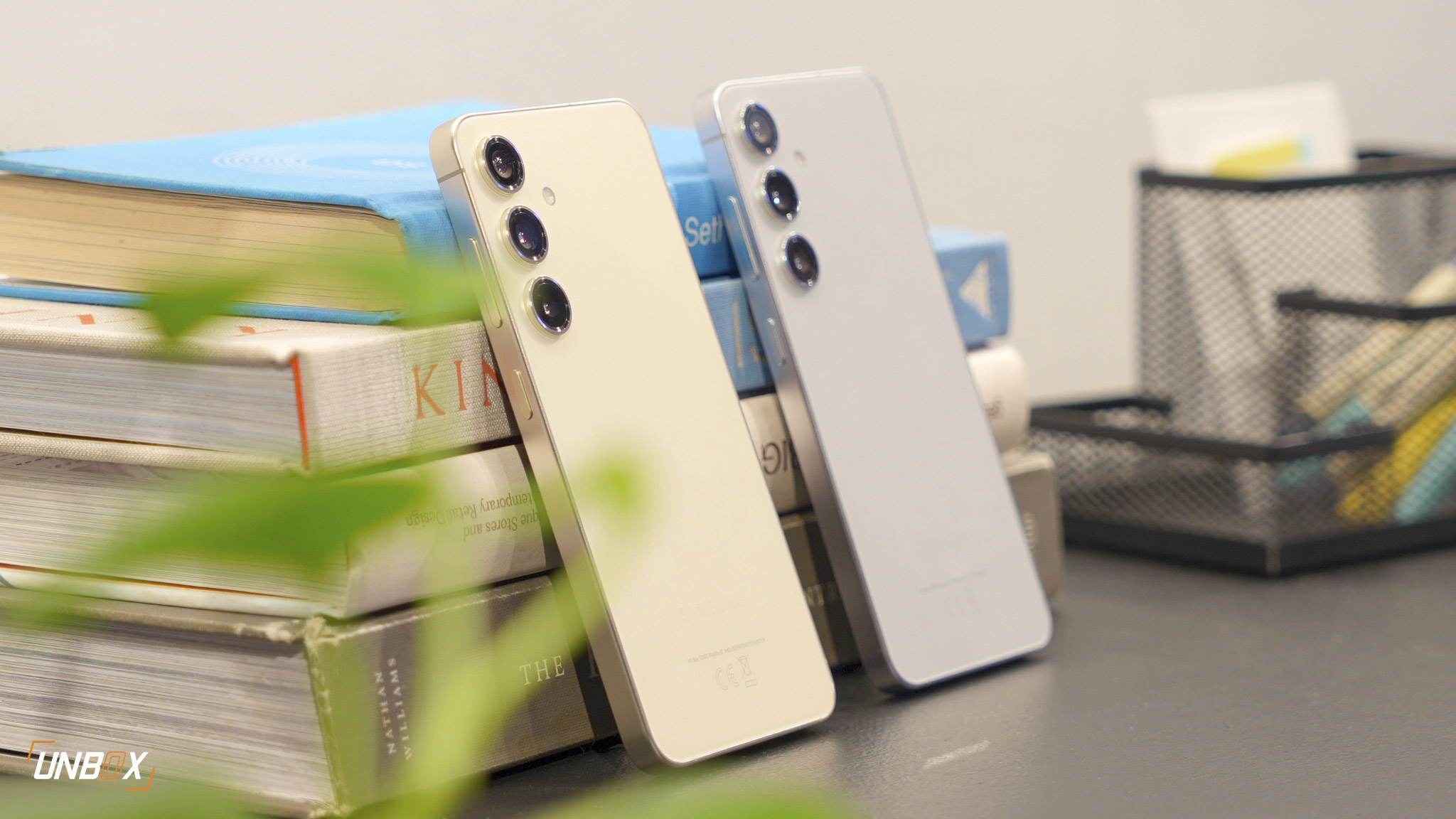It is more than because of the rise of insanely expensive flagships
Let’s be honest: As much as you crave for Samsung’s Galaxy Note 8 or Apple’s upcoming iPhone 8, or even Huawei’s Mate 10, we really doubt that you are willing to spend Php 50,000 on a phone. They may boast of the best features technology has right now, but do you really need to have the shiniest gadget out there? Or do you need a phone that does the job in handling your daily tasks?
Read: Reasons Why It Doesn’t Make Sense to Upgrade to the Newest Flagship
In fact, most of these fancy features, from dual camera setups to beautiful bezel-less displays, can be found in cheaper midrange phones, priced tens of thousands cheaper than the flagships of 2017. Not that we are discouraging you to get the Note 8 (if you have the money for it, then why not?), but here in Unbox.ph, we prioritize being practical more than having the best tech.

The LG Q6 offers the beauty of the G6’s display at more than half the price.
In the past months, we have reviewed several midrange phones from brands like Vivo, OPPO, Huawei, Xiaomi, ASUS, LG, Samsung, and these phones fared well in our reviews, in spite of not offering flagship-level performance.
Read: Samsung Galaxy J7 Pro Review: The Mid-Ranged Phone for Low-light Photography?
Read: LG Q6 Review: Is That Gorgeous Screen Worth It?
Read: ASUS ZenFone 4 Max Review: Best Budget Big Battery Smartphone
So why you should settle for a midrange phone instead?
They offer flagship-level features
Midrange phones have increased in price considerably, but they are for a good reason: In order to be competitive, they offer features that will attract consumers. While they do not offer all features found in flagships phones, mid-range phones incorporate a flagship feature or two while keeping their prices as justifiable as possible.
A few examples include the FullVision display found on the LG Q6 (priced a hair under 13k), the f/1.7 rear camera found in the Samsung Galaxy J7 Pro (priced a hair under 16k), and dual front cameras found in OPPO’s F3 and F3 Plus (priced under 16K and 24K respectively). Doing so makes sense; as we quote ASUS Head of Global Marketing Marcel Campos, “We don’t believe that one fits all, and that people have different needs.”

Priced a hair below 10K ,the ZenFone 4 Max boasts not just a massive 5000mAh battery, but also a dual rear camera setup.
They get the job done
They may not be equipped with cutting-edge specs found in this year’s flagships, but they still get the job done. Whether it may be gaming, photography, or taking selfies, these midrange phones deliver. Most of these midrange phones offer at least 3GB RAM and at least 32GB of internal storage, which is more than enough to power us through our daily tasks. How about those mid-range processors? They may not offer as much as the top-tier processors out there, but they are still more than capable to handle HD and Full HD displays commonly found in mid-range smartphones.
 The J7 Pro may only sport a single rear camera, but its f/1.7 aperture is a great weapon of choice for low-light photography.
The J7 Pro may only sport a single rear camera, but its f/1.7 aperture is a great weapon of choice for low-light photography.
It is easier to market mid-range smartphones with celebrity endorsements
While we admit that mid-range smartphones have become more expensive nowadays just like with ASUS’ pricing on its ZenFone 4 family, marketing them to a social media-savvy crowd is much easier compared to flagship phones. Pair that with celebrity endorsers (ASUS has Bea Alonzo for the ZenFone 4 Selfie, LG has Lauren Reid for the G6, and Samsung has Liza Soberano for the Galaxy J7 Pro), and people will be more inclined to buy them—just because they are endorsed by their favorite celebrities. Also if you consider the general profile of Filipino millennials, it makes sense in aggressively marketing mid-range smartphones over flagship phones.
Given that celebrity endorsements is effective among millennials, associating celebs with mid-range smartphones would mean better exposure and sales for smartphone brands. “Most celebrities are trusted to a certain degree, some even to a fault, and once they say that they use a specific brand in their daily lives, the trust in that brand increases,” XSITE Solutions Inc. CEO Jojo Ajero said in an interview with Business Mirror.
Closing remarks: Flagship features trickle down to midrange phones…eventually
Frankly speaking, with how fast manufacturers launch new smartphones these days, sometimes it pays to just wait it out. When LG launched the G6 with a FullVision display, they made an affordable version of it with the Q6 a few months later. Same goes with Samsung, who launched the J7 Pro as an affordable alternative to those who want the S8’s f/1.7 rear camera. With the constant improvement in technology, expect to see features from this year’s flagships to be found in next year’s mid-range smartphones. Samsung is doing that already with the upcoming Galaxy J7+ by incorporating a few of the Note 8’s features, and we expect other brands to to the same move as well.
Do you think a mid-range smartphone can suit your daily needs? Share your sentiments in the comments section below!





